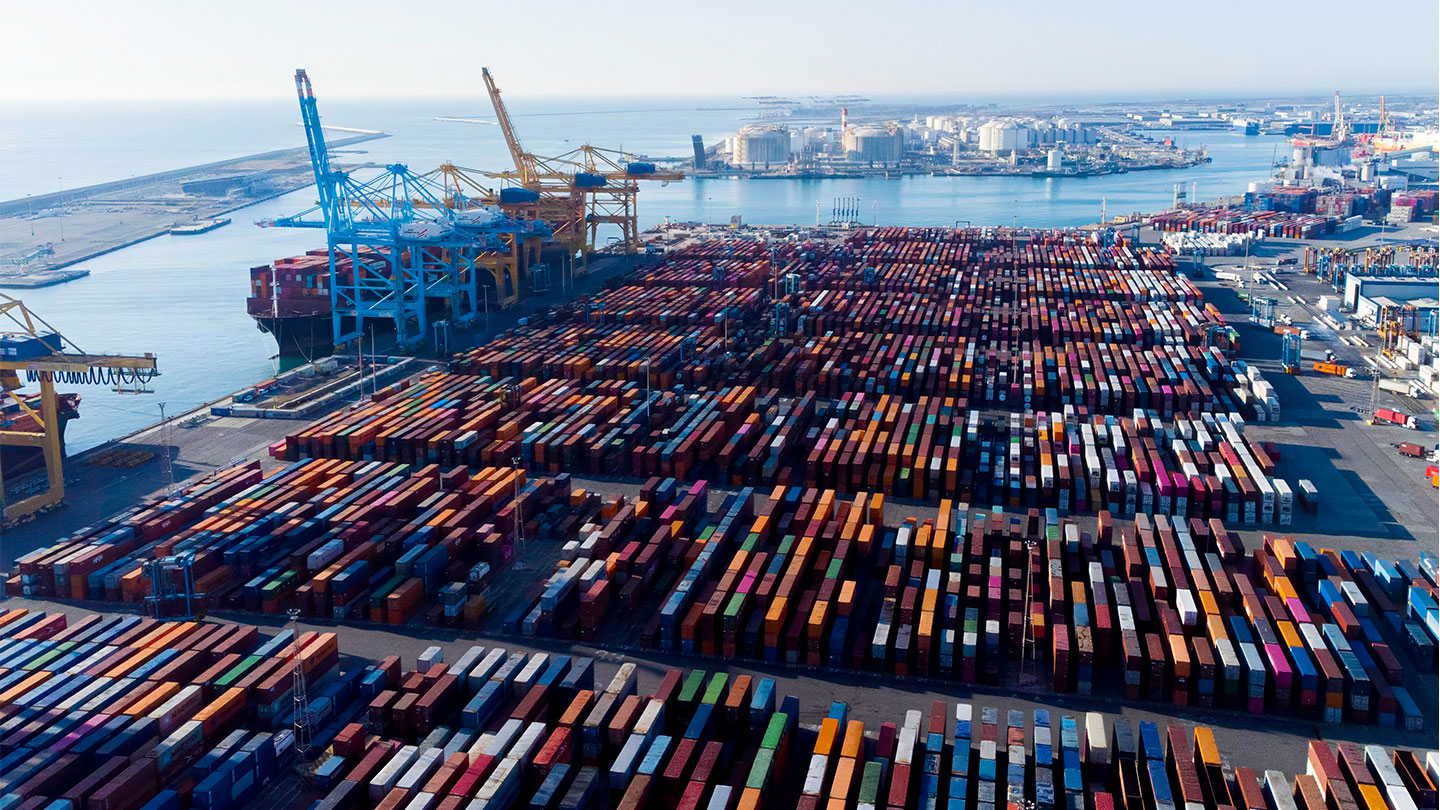Despite recent declines in trade volumes, demand for working capital and trade finance solutions is increasing. Trade finance tools enable clients to remain agile, adapt to disruptions and capitalize on new opportunities in a dynamic business environment where capital, supply security and risk mitigation requirements are growing.
These solutions also empower clients to become preferred suppliers and buyers within their ecosystems. The integration of traditional trade finance structures alongside new ways of deployment is driving innovation, enhanced by digital and AI advancements, risk distribution/syndication capabilities and continued investments in service and operations.
National and strategic policies are aligned in keeping supply chains secure and resilient. Simultaneously, the rapidly changing geopolitical environment, declining global trade volume across commodities, lower commodity prices and climate-related disruption are driving a heightened risk environment.
Coupled with uncertainty over the final impact of tariffs, inflationary pressures on margins, changing supply chains and pricing volatility is also driving a renewed interest in off-balance sheet inventory solutions, not only for liquidity and working capital reasons but to provide agility to capture new market opportunities.
All these factors are leading to a focus on de-risking supply chains, making access to capital and risk mitigation tools more critical.
The need for prepayments to producers and traders is growing, as new trading entrants arise and producers in some geographies—particularly in the emerging markets—may be challenged for capital. On the other side of this equation, players are seeking to access and lock in more third-party flows—including those with divested assets—for traditional (crude oil, refined product, copper, alumina) and new (power, carbon credit, renewable certificates, photovoltaic panels, batteries) underlying commodities to grow their businesses and support producers. Although geopolitics and the overall trade and tariff environment in 2025 are expected to directionally impact flows, new market entrants and volatility will continue to drive increased trading and focus on working capital solutions to support it.
We note a similar trend in the diversified industrial and technology space, as new markets for commodity flows (natural gas, metals) grow to support data centers and energy transition. Structures long used in the commodities space, such as prepayments, are now integrated into the overall solution. Outside the traditional energy, metals and softs trading spaces, industrial names also look to secure term supplies of energy or critical metals at competitive rates.
Climate-driven impacts on crop yields are also driving the need for solutions to address food insecurity while providing working capital to producers of agricultural goods. These solutions may include barter-type prepayments in fertilizer, amortized by exports of wheat or soybeans. Overall, there is also an emerging trend for more energy traders to diversify into trading new commodity classes, such as: copper, nickel, aluminum, lithium, electricity, biofuels and grains.
